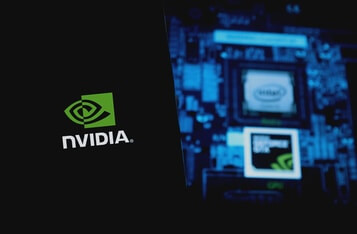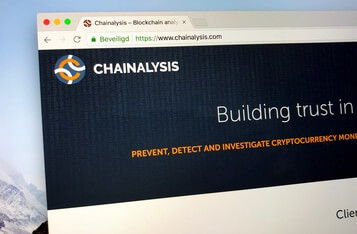HKSFC Guidance on Virtual Asset Fund Managers: The 4 Key Takeaways
The Hong Kong Securities and Futures Commission (HKSFC) released the latest guideline “Proforma Terms and Conditions for Licensed Corporations which Manage Portfolios that Invest in Virtual Assets”, providing further guidance on fund dealing and virtual asset fund management.
Fund organization structure
The virtual asset fund manager should always maintain the liquid capital requirement of HKD 3M and its variable required liquid capital. The management is advised to place sufficient internal controls, risk management, and technical resources to satisfy the organization and management structure requirement set in the guidance.
Custody
The HKSFC provides further guidance on custody requirement on virtual asset funds. The virtual asset fund manager should appoint a custodian that is functionally independent of the fund. When the the manager receives fiat currency on behalf of the fund, one or more segregated bank accounts should be established for holding the client money received by the fund. Those bank accounts should be established and maintained with an authorized financial institution in Hong Kong or bank in a jurisdiction agreed by the HKSFC from time to time.
The virtual asset fund manager should assess the characteristics of the different custodial arrangement, such as the hardware and software infrastructure, security over key generation, storage, management, documentation of handling software upgrades to the storage devices used by custodian and process of handling blockchain forks.
Counterparty risk
The virtual asset fund manager should establish and maintain an effective credit assessment system to evaluate the creditworthiness of counterparties. The manager should consider the track record, operational capabilities, cybersecurity risk management measures of the virtual asset trading platform for evaluation. In addition, the virtual asset manager should use more than one custodian to hold the portfolio’s assets to avoid the concentration of risk.
Additional requirements for virtual asset discretionary account manager
For virtual asset discretionary account managers, they should provide services to professional investors only. Managers should conduct an assessment of the mandate or predefined model investment portfolio with clients on a holistic basis. To avoid concentrated exposure to virtual assets, the manager should consider the client’s net worth and ensure the aggregate investment amount made by clients is reasonable.








